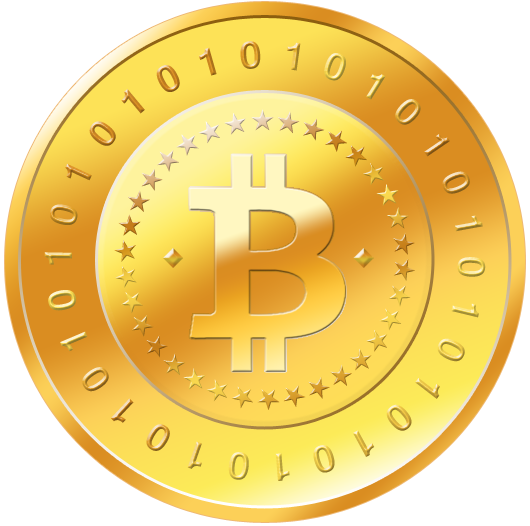Commercial Examples

This section illustrates some of the ways in which blockchain technology is being applied across diverse areas, including finance, supply chain management, healthcare, energy, cybersecurity, and real estate. More details of these and other applications can be found in the links page at the end of this topic.
Finance

Problem. The evolving demands of global electronic commerce created a need for a universal peer-to-peer digital currency that includes integrated security and privacy as well as freedom from any nation's controls.
Solution. Financial commerce, the pioneer of blockchain technology is the most advanced and current primary user of blockchain. Digital currencies Bitcoin and Litecoin, continue to operate on blockchain, and cash on a modified blockchain. Ethereum operates on a new platform that can be used for other applications. Legacy financial operations are looking to blockchain platforms to bring efficiency and security to transactions: regulatory and audit compliance, smart contracts for dynamic assessments when satisfied conditions trigger transactions, and trusted-authority Inter-bank transactions. MasterCard claims to have built a Blockchain that can run the whole of its network.
Supply Chain Management

Problem. Managing the integrity and authenticity of the diverse components of today's systems requires a distributed record system accessible by suppliers, manufacturers, distributors, resellers, integrators, service providers, and customers.
Solution. Securing supply chains is a major new high focus thrust for blockchain. Supply chains ranging from food supply (ability to track producer origin for contaminated meat), consumer goods (determine which hand bag is a knock off), shipping containers (determine which container was tampered with between packing and unloading), electronic parts (determine which parts contain malware or are counterfeit), to critical military fabricated parts (airplane wings), and far beyond. As just one example, the global leader in container logistics (Maersk), and a leading provider of blockchain solutions for the enterprise (IBM), have formed a joint venture to provide more efficient and secure methods for conducting global trade using blockchain technology.
Healthcare

Problem. The healthcare industry has a need for a peer-to-peer method of managing Electronic Health Records (EHR). Information is diverse and distributed in diverse incompatible systems and formats. This information needs to be securely and privately shared and accessed by health care providers, insurance companies, and patients.
Solution. In contrast to a central data base, blockchain creates an auditable log (ledger) enabling each health professional to submit information and to retain their own digital copy of the ledger. This process also would create a complete patient-controlled information record that is always accessible to the patient and any of the many physicians, or hospitals they may visit. Several companies are emerging and offering blockchain solutions (e.g. Medibloc, medical records management, Medicalchain), which manage medical records and permissions.

Problem. The COVID-19 pandemic created a need for a special kind of sharing of private medical records while protecting the privacy of individual patients.
Solution. Blockchain's distributed ledger technology provided a way for a group of 800 New York hospitals to use IBMs buyers and sellers blockchain network to vet and purchase coronavirus supplies. MIT and the Oxford-Hainan Research Institute are working on a blockchain ledger for personal health care records that provides users better data privacy because they own their own records. Blockchain's verifiability, traceability and transparency capabilities are being examined by epidemiologists to allow data sharing that does not contain fabricated or falsified data.
Energy

Problem. There is a need for a peer-to-peer system to manage electrical power distribution among energy producers, utilities, and consumers.
Solution. The electrical power industry is surprisingly upbeat and excited about blockchain despite the concerns related to the vast amounts of power required to run large computers that solve blockchain mining algorithms. A detailed explanation of how this is being done is too involved for this overview topic, but links to documents with deeper explanations can be found in the Links section. The traditional Electrical Power Industry is looking to blockchain to secure the power grid, better manage the flow of electricity across the power grid and overcome some of the biggest barriers to widespread use of renewable resources. In the challenging area of climate change, curbing our carbon emissions is of prime importance. Solutions to this global challenge are focused on climate agreements that create marketplaces to put a price on carbon. Blockchain has the potential to assist in improving and bringing transparency, trust and integrity to transactions within these existing markets.
Cybersecurity

Problem. As we are all too well aware, cybersecurity is a public hot topic and of personal concern. Almost every day there is news of hackers breaching data bases, shutting down entire networks, stealing identities, and attacking centralized repositories and single points of failure.
Solution. Blockchains inherent cybersecurity capabilities include the potential to validate and protect identities, data and transactions through the use of robust encryption and a highly distributed digital ledger. Two primary examples for the use of blockchains cybersecurity potential are Identity Access and Management (IAM) and Internet of Things (IoT).
IAM
Problem. Individuals store identity information in 27 different centralized servers on average (banks, shopping and health care sites, to name a few). Each of these servers is susceptible to hacking breaches where, not only can identity information itself be stolen, but passwords can be found that might be used to access other servers.
Solution. Blockchains capabilities allow you to keep your personal information, which only you can alter, safe and secure on a decentralized, trusted, sharable network, and making only the portion of your identity you designate, visible to the people who need to know that information.
IoT
Problem. In a time where there is an increasing number of connected devices coming online (projected at 10 billion more in the next 4 years), from first responder wearables, to baby monitors, to the power grids critical infrastructure, the protection of the data/information they transmit is critical.
Solution. Blockchains encrypted, distributed computer filing systems design allows the creation of real-time, tamper-proof records. This capability creates a verifiable, secure and permanent method to track custodianship of information, comparable to physical goods, as it passes through a data/information supply chain.
Real Estate

Problem. The real estate industry is awash in paper. In particular mortgage and land title ownership records. Evidence of ownership identity and the paper records necessary to secure provenance, is burdensome.
Solution. The potential of blockchains distributed ledger and smart contracts is seen in the Realty industry as the ideal solution. Realty may have more blockchain initial-stage operational programs underway than any other industry. The problem as identified above is hard enough in a developed country, but imagine a farmer who is now in a refugee camp far from home proving in the future that he has owned a plot of land in his war-torn home country for hundreds of years. The Realty industry recognizes that, if created prior to the situation described, a blockchain with a land ownership smart contract and proof of identity has the potential to solve that problem.
Continue to Commercial Products.







